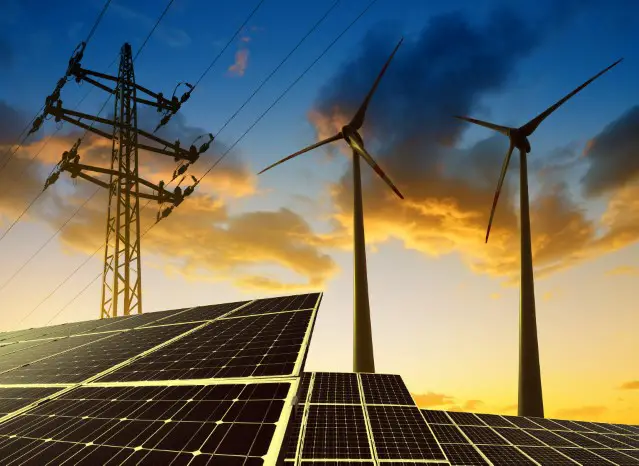Gambia renewable energy project is set to benefit from US$33.7m. The monies will be provided by the European Union (EU). They consist of an $8.4 million loan and a grant totaling $25.3 million.
The Statement of Signature, relating to this grant agreement, was signed by Jutta Urpilainen, EU Commissioner for International Partnerships, Seedy Keita, Minister of Finance and Economic Affairs of the Republic of the Gambia, and Thomas Östros, EIB Vice-President.
The Gambia renewable energy project now has more than €100 million in financial support from the European Investment Bank and the European Union overall. Keita thanked the EU and the EIB for their financial support. In addition, he said that this proves once again that the EU and EIB are committed to the growth of the Gambia.
The minister was speaking on behalf of The President of the Republic of the Gambia Adama Barrow, and his Government.
Also Read: Construction of Jambur solar power plant in Gambia launched
Significance of the Gambia renewable energy project
According to Keita, up to 1000 schools and 100 healthcare institutions will be “Solarized” as part of this initiative. “This will drastically change The Gambia’s electrical industry, especially in the remote parts of the nation.
Additionally, it would reduce carbon footprint by supplying beneficiaries in the health and education sectors with clean electricity. By 2025, we hope to have achieved the goal of providing energy to every Gambia resident,” explained Keita.
Moreover, Gambia renewable energy project will revolutionize rural areas’ access to electricity. It will make sure that clean, dependable power is available for services like education and healthcare. Once operational, the Gambia renewable energy project will result in a one-fifth increase in the country’s energy supply.
The project also encourages the development of a new photovoltaic plant at Jambur, close to Banjul as well as the improvement of the infrastructure for power transmission and distribution. In addition to expanding access to electricity in remote communities.

